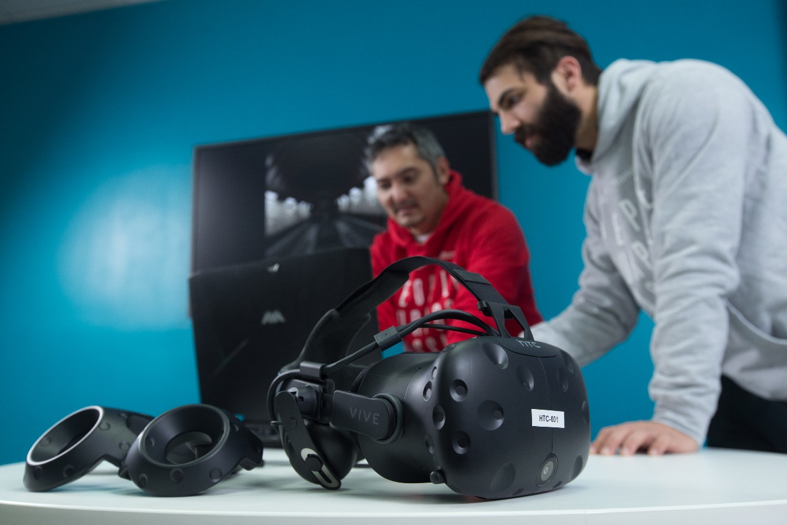Earth Day and Every Day: Tracking Endangered Species with Booz Allen

On Earth Day and every day, implanted radio tags with satellite transponders track endangered species so conservationists can learn more about their habits and habitat. For sea creatures like whales and dolphins, this means studying the impact of threats including water pollution, noise pollution, and fishing nets.
However, such data-gathering is often easier said than done. The volume of the world’s oceans is a staggering 1.4 billion cubic kilometers. The current network of satellites is limited in terms of coverage and the speed of data transmission.
Enter Booz Allen’s OceanLens™ software, which brings a 3D view to sea life and seafloor terrain, and Project WHALES, which made diverse communities aware of the challenges and brought them together for potential solutions.
Project WHALES: Improved tracking for endangered sea life
Project WHALES (Whale/Habitat and Location/Environment Smallsats) began in 2015–2016 with a survey of leading cetologists—scientists who study whales, dolphins, and porpoises. Survey respondents reported a need for more continuous tracking and more tracking data.
Among the solutions the team explored and modeled: a constellation of small satellites in low-inclination orbits.
“Project WHALES raised awareness of the space community’s current and potential role in combatting the problem,” said Matt Bille, Booz Allen associate and research analyst. “We presented the first-ever paper on this to a space conference and followed that up with interviews and online articles.”
OceanLens: Immersive technology meets data science
“Displaying whale movements with our OceanLens™ software added to the impact,” Bille said.
Built for everything from ship navigation to construction planning, OceanLens software renders topographical data into a 3D environment, delivering an interactive virtual view of the ocean floor.
For Project WHALES, OceanLens visualizes seafloor terrain, tracks, and human-produced and whale-produced sound clouds in 3D with full motion. One example is a humpback whale’s travels in the Antarctic. Cetologists have been able to see the maximum depth the whale reached in each segment of the animal’s journey.
“We can derive enormous insights about the behaviors and characteristics of these groups, both at the individual level and at the population level through the integration of many different types of data: sensor-based, in situ, remotely sensed and contextual,” wrote Dr. Kirk Borne, Booz Allen principal data scientist.
“Multiple data sources provide more eyes on the problem, whatever the problem may be. This is especially important for deep, distributed, and dynamic population analyses,” according to Borne
Increased awareness and interest
The team has demonstrated to the space community, scientists, and the Naval Research Laboratory how OceanLens can take data from all sources and display it in 3D to protect whales.
“We haven’t solved the problem—whales and dolphins are still endangered—but we’ve made more people aware of what needs to be done and how they can help,” Bille said.
Read more about Ocean Lens and immersive technology at Booz Allen.

